You can read this exclusive content thanks to the FALATH & PARTNERS law firm, which assists American people with Slovak roots in obtaining Slovak citizenship and reconnecting them with the land of their ancestors.
Most people know Malacky for its factories. Travelling northwest from Bratislava, it is the vast production halls in the fields—serving the automotive industry—that first catch the eye. But beyond this industrial façade lies a town with unexpected architectural and historical treasures.
As the centre of the Lower Záhorie region in western Slovakia, Malacky offers more than meets the eye. Among its highlights — as our Spectacular Slovakia guide also demonstrates —is a remarkable synagogue, considered one of the most beautiful and best-preserved in the country.
Built in the early 20th century, the Moorish-style synagogue is adorned with two oriental domes and striking yellow-red stripes. Thoughtfully restored, it now serves the local community as a school of arts for children.
This National Cultural Monument also forms part of the Slovak Jewish Cultural Heritage Route.
However, one drawback of this remarkable building is its location within the city. The synagogue stands beside a Lidl supermarket with a large car park and is surrounded by a socialist-era panel housing estate. As a result, its beauty is in striking contrast to its surroundings.
Black Monastery and castle with park
In the centre of Malacky, you can visit the Franciscan Monastery and the Baroque parish church, both enclosed by a wall with four bastions. This complex of sacred buildings is also known as the Black Monastery, as the original colour of the church was almost black—though it now appears more grey.
Beneath the church lie crypts containing the remains of several members of the Pálffy family, as well as notable Franciscans. These can be viewed by appointment.
Historically, the monastery has been recognised as a centre of education, with its own school and a large library. The school is still in operation today, and during our visit, we saw children running from the monastery courtyard to the pleasant park in front of the buildings.
If you are looking to escape the bustle of the city centre, visit the expansive park surrounding the Pálffy mansion. The Pálffy family was one of the most prominent noble families in the Kingdom of Hungary, which included present-day Slovakia, and has deep historical ties to Malacky.
At first glance, the mansion may appear weathered from the outside, but it has a new roof, and its true potential lies within.
Historically, the mansion served not only as the residence of the Pálffy family but also as a Franciscan boarding school, a military warehouse, and a hospital. Since 2007, the building has been owned by the city, which is gradually restoring it. The renovated interior includes the Pálffy Room, furnished with period pieces, while other rooms host various exhibitions.
The English-style park, even before the trees have fully blossomed, holds great potential for attracting tourists. At the edge there is a playground where mothers sit on the freshly sprouted grass with their children, clearly enjoying their time in the park.
Stupava is more than just cabbage
The town of Stupava is best known for its excellent cabbage, but it also holds plenty of interest for history enthusiasts. Upon parking in the town centre, visitors will find themselves in a charming square featuring the Church of St Stephen the King.
Originally built in the Renaissance style in the first half of the 17th century, the church was later reconstructed in the Baroque style. Today, it stands as one of Stupava’s main tourist attractions, although it is only open to visitors during church services.
Next to the church lies an 18th-century park, designated a national cultural monument. It surrounds a former manor house once owned by the Pálffy family, which now functions as a social services centre. A highlight of the park is the Baroque bridge leading to the mansion, flanked by two stone lions.
Within the grounds, visitors will find rare trees such as plane trees and chestnuts, along with a small lake—making it one of the most beautiful parks in the Bratislava Region.
In Lozorno, ask about the mill
Not far from the town of Stupava lies the village of Lozorno. As visitors pass through, they will see the village is thriving, with many newly built houses. Alongside the local Church of St Catherine and the Baroque Chapel of St Wendelín, it is worth heading to the edge of the village.
A helping hand in the heart of Europe: a travel guide to Slovakia.
There, visitors will find a charming guesthouse built beside an old mill, from which it takes its name. The guesthouse is owned by the Haramia family. After four years of renovation, it is now run by their son, Michal Haramia, with help from his wife.
“My father started out as an electrician, but he always dreamed of running a pub. Since I had some experience as a waiter, we built it together. Over time, we transformed the pub into a guesthouse with 16 rooms and a restaurant,” Michal recalls. The guesthouse’s growing popularity, thanks to its excellent food and friendly atmosphere, led to rising demand for more services.
Set beside the mill, the guesthouse is a romantic retreat with a large garden and pond, often used for family celebrations and weddings. The on-site wellness centre also attracts companies hosting team-building events.
“During the week, we mostly cater to business clients—mainly from Germany—who work for a nearby car manufacturer. At weekends, we welcome families and cyclists,” says Haramia. Most of the cyclists are Slovak or Czech.
However, tourists usually stay for just a long weekend, often combining their visit with trips to Bratislava and Vienna or hikes to the White Cross in the Little Carpathians. “There’s probably not enough here to keep them busy for a whole week. We’d need an aquapark for that,” Haramia remarks.
Mineral waters remain untapped
Peter Sečkár has extensive experience in the tourism industry, much like the Haramia family. As co-owner of the Spark Wellness Hotel, he has been active in tourism since 1993. He established a high-quality wellness hotel near Malacky, catering to a broad clientele that includes families with children as well as corporate groups seeking team-building opportunities.
In addition to Slovak guests, the hotel is frequently visited by Austrians, Czechs, Germans, Poles and Hungarians. Most guests come for long weekends.
According to Sečkár, the Záhorie region offers almost everything a tourist might need—from historical landmarks and castles to cycling routes. However, one key attraction is still missing, limiting the length of guests’ stays.
“Záhorie is a beautiful area, full of pine forests and lakes, but it lacks amenities such as an aquapark. We’re sitting above warm mineral waters that remain untapped. As a result, people often travel to nearby Moravia or Hungary for those kinds of attractions,” Sečkár explains.
What to see in the Malacky district
Discover Slovakia with our Spectacular Slovakia travel guide.
Malacky
Jewish Synagogue in Moorish Style
Pálffy Manor with English Park
Stupava
Veľké Leváre
Other sights
Summer swimming spots
For families with children
Abeland, Lozorno – a craft village where you can also ride horses
Biofarm near Stupava
Spectacular Slovakia travel guide
A helping hand in the heart of Europe thanks to our Slovakia travel guide with more than 1,000 photos and hundred of tourist spots.
Our detailed travel guide to the Tatras introduces you to the whole region around the Tatra mountains, including attractions on the Polish side.
Lost in Bratislava? Impossible with our City Guide!
See some selected travel articles, podcasts, and traveller info as well as other guides dedicated to Nitra, Trenčín Region, Trnava Region and Žilina Region.


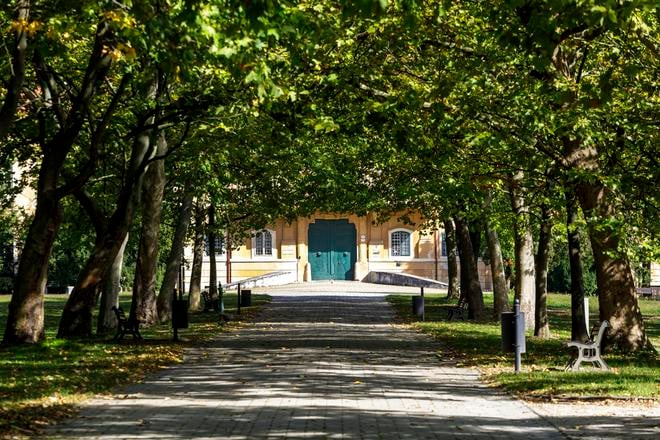 Pictured: The manor house and park in Malacky. (source: TASR)
Pictured: The manor house and park in Malacky. (source: TASR)
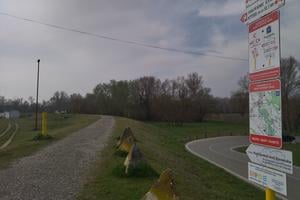
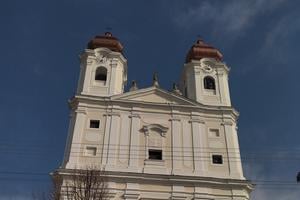
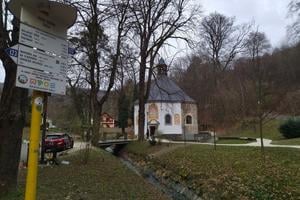
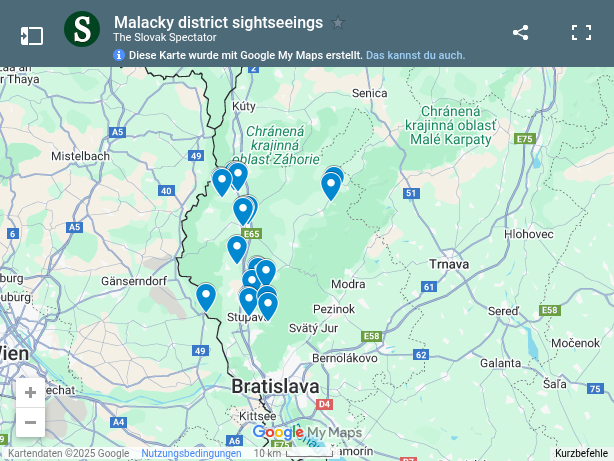
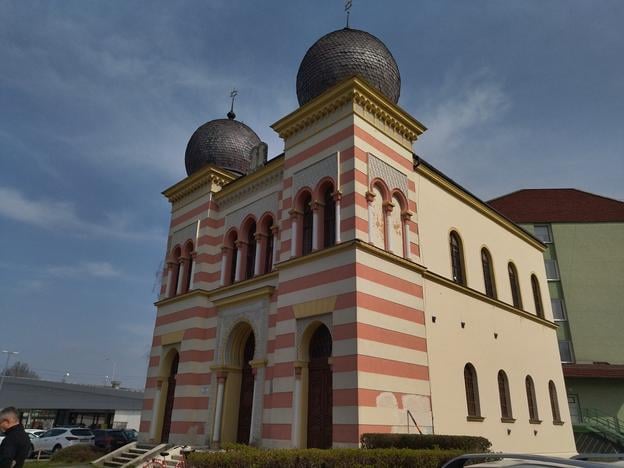 The synagogue in Malacky is one of the best preserved in Slovakia. (source: SME/Jozef Ryník)
The synagogue in Malacky is one of the best preserved in Slovakia. (source: SME/Jozef Ryník)
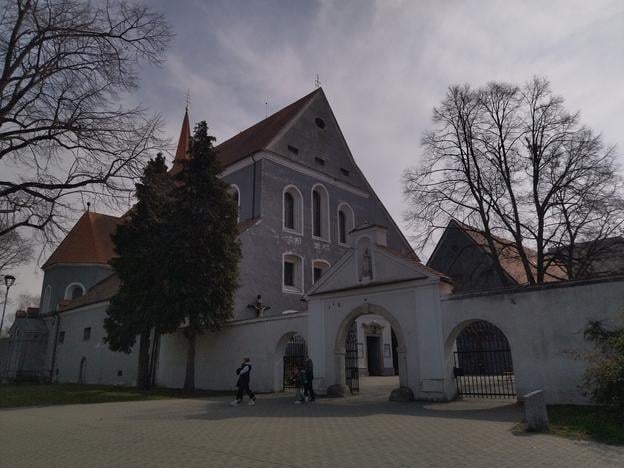 Franciscan Monastery and Church in Malacky. (source: SME/Jozef Ryník)
Franciscan Monastery and Church in Malacky. (source: SME/Jozef Ryník)
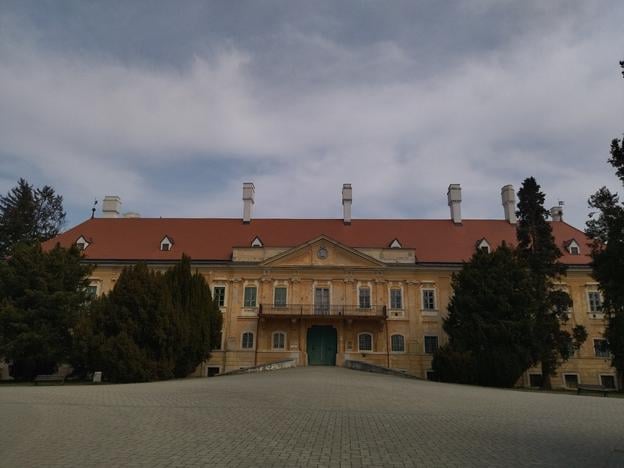 The Pálffy mansion in Malacky is awaiting reconstruction. (source: SME/Jozef Ryník)
The Pálffy mansion in Malacky is awaiting reconstruction. (source: SME/Jozef Ryník)
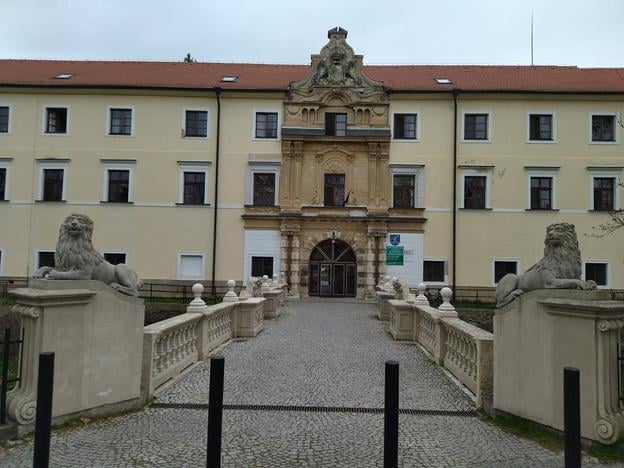 A mansion associated with the Pálffy family in Stupava is surrounded by a lovely park. (source: SME/Jozef Ryník)
A mansion associated with the Pálffy family in Stupava is surrounded by a lovely park. (source: SME/Jozef Ryník)
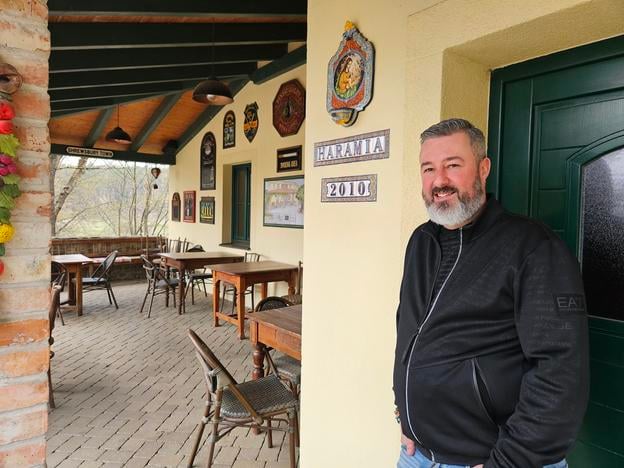 Michal Haramia runs the family-owned guesthouse and restaurant Pri Mlyne in Lozorno. (source: SME/Jozef Ryník)
Michal Haramia runs the family-owned guesthouse and restaurant Pri Mlyne in Lozorno. (source: SME/Jozef Ryník)
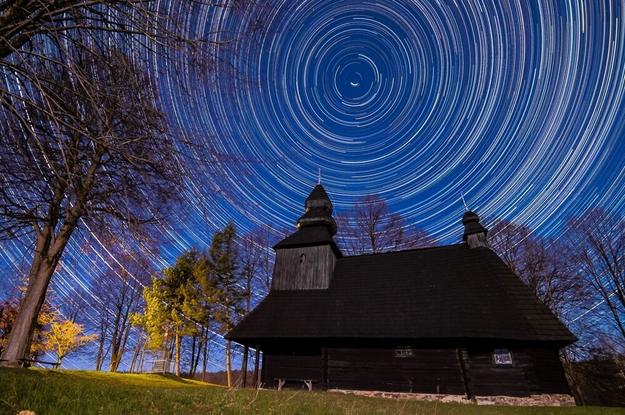 Ruská Bystrá (source: Tomáš Hulík)
Ruská Bystrá (source: Tomáš Hulík)